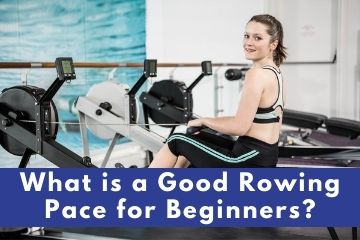
If you’ve decided to start rowing as a part of your heart-pumping workout, good for you! If you don’t have your health, you don’t have much, so kudos to you for wanting to put yourself on the right path.
Indoor rowing machines have been used for eons to keep professional rowers in shape during the off-season, so it makes sense that it will help you lose weight, keep your heart in good condition, and give you a full-body workout while it relaxes your mind (once you get used to using the machine, that is).
Whether you’ve purchased your own indoor rower or you plan on using one at your local gym, all the jargon can be a bit confusing. In today’s article, I want to clear up some of the confusion, touch briefly on rowing terms and metrics, and answer your questions on what’s considered a good rowing pace for beginners and advanced rowers.
Watch Our Head Tester Max Secunda Explaining What Is A Good Rowing Pace
Learning the Rowing Machine Jargon
It doesn’t matter whether your indoor rowing machine uses magnetic resistance, water, or air; they all do the same thing – mimic rowing on water. They may only differ in quality of resistance, noise level, and a few other factors, but all will give you the same low-impact full-body cardio workout that we all want from a rower.
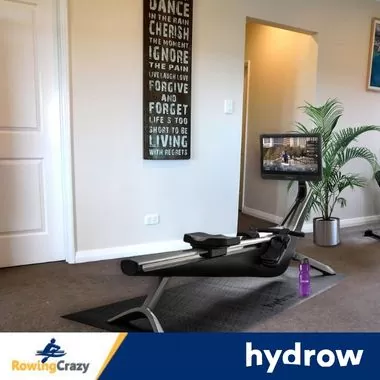
Side view of my Hydrow machine
Part of learning the basics in rowing is understanding the jargon associated with it. For instance, you might hear people call their indoor rower an ergometer (also erg or ergo). Don’t panic, it’s a colloquial term thrown around casually and mean the same thing.
To use this indoor exercise machine, you need to set it up so that your feet are tightly strapped down and the seat is in the most comfortable position for you. Remember not to arch your back or slouch forward when you perform the catch.
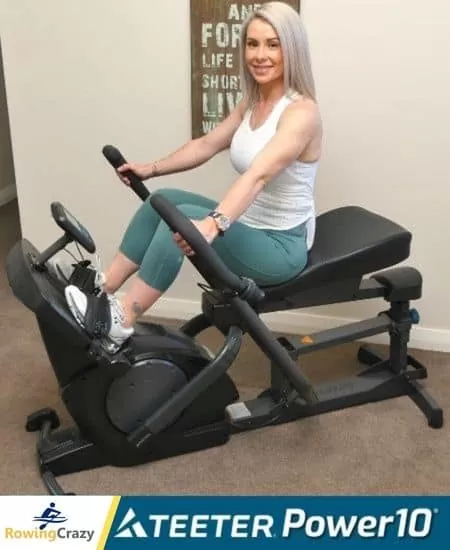
Oh yes, let’s talk about the stroke and form.
- Related Post: Nordictrack RW900 vs Hydrow
What Are the 4 Phases of a Stroke?
I cannot stress enough just how important your form is! The stroke must be done correctly if you are to get the most benefit from your indoor rower and prevent back pain.
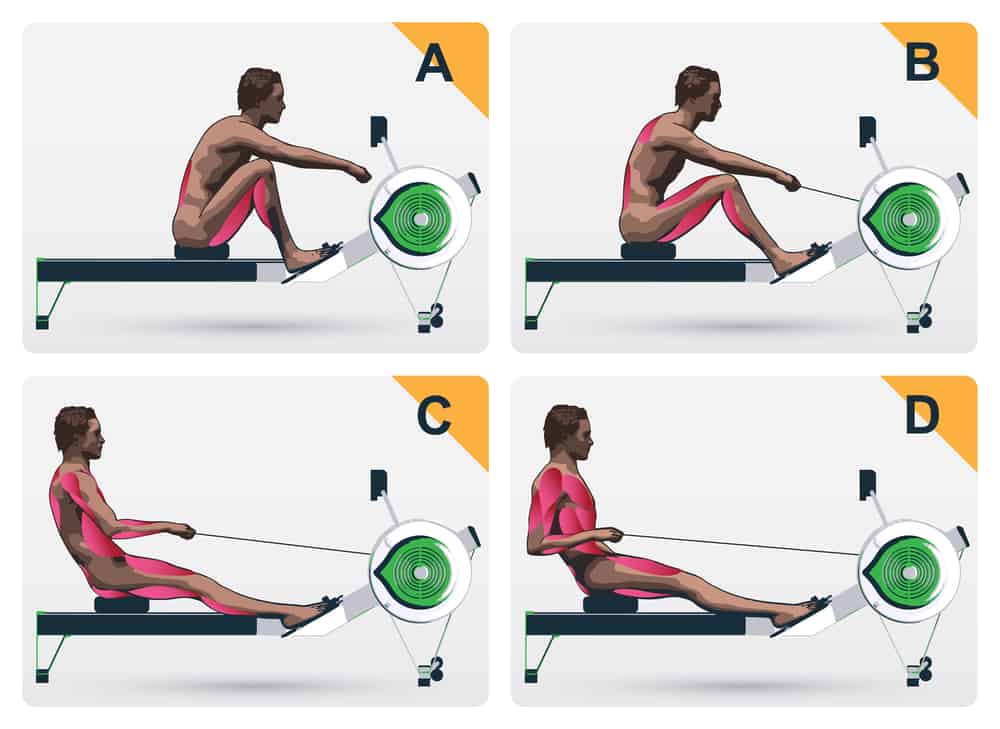
If you experience back pain while working out, chances are that you’re not using the proper form and techniques in performing the rowing stroke. I always recommend that beginners watch some videos online or take a class on the basics.
A stroke consists of the following phases:
-
The Catch
This is where your stroke begins. Do not slouch forward or round your back. Your shins should be at a 90-degree angle to the floor, knees near your chest, and torso at 11 o’clock .
-
The Drive
This is where you “drive” home with your legs. For beginners, you might want to try just using your legs and not using the arms so you see how it feels. Drive yourself backward by pushing with your legs. Sit up straight and don’t bend your back at this point. See how it feels. Focus on the legs.
-
The Release
Once you believe you have the drive feeling down, you can move on and start using your arms. Let your legs do the work and just hold the handle in front of you. Once you hit the very end of your travel with the legs, pull on the handle until it is near your chest and bend backward just a bit. Think of your body as a clock and you want to bend back no further than the 1 or 2 O’clock position.
Go slowly until you get the feel of this phase. Don’t worry about speed at this point; you’ll improve your stroke rate as you master the basics. Use a mirror to help check your form.
-
The Recovery
This is everyone’s favorite part because you stop “working,” and you allow your body to slide back to the catch position.
Think of the stroke in the manner that you will be working your body: Legs, core, arms. Legs, core, arms. Think about this and picture it in your mind as you do the motions.
Explore 10 Expert Rowing Machine Tips by Rachael Taylor:
As you become accustomed to this pattern, you will find that you no longer have to think about the names of the phases or what body part you’re working on. You can just float and enjoy the scenery, so to speak.
- On a Budget? Check Out Our Top Rated Rowing Machines Under 500 Dollars!
What Are the Numbers on the Rowing Machine Readout?
Everyone knows what the numbers on a treadmill mean, right? The readout displays your speed in MPH (miles per hour), the number of steps you take, and on some devices, your heart rate (beats per minute or BPM), and number of calories burned, as well as the time spent working out on the treadmill.
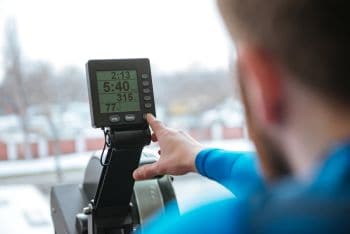
Rowers aren’t much different. Depending on the model, it will still measure the amount of time of your session on the machine, calories burned, and it might include your BPM. However, you will notice that some metrics are measured a bit differently for indoor rowers.
You need to understand at least four numbers on the readout:
- Stroke rate in strokes per minute (SPM or s/m) – how fast you were doing your strokes
- Distance in meters – how far you’d have covered or traveled throughout your workout session if you were rowing on water
- Split time in minutes and seconds – how fast you’d have rowed 500 meters
- Time – in minutes and seconds – how long your workout lasted
Understanding the Rowing Machine Metrics
As you may have seen, the rest of the numbers on the readout are self-explanatory except for the SPM and 500-meter pace (or split time). So I’ve done a fair bit of expounding on these two metrics below.
- Click Here to Learn How to Improve Rowing Split Time!
At What Stroke Rate or Strokes Per Minute Should I Start?
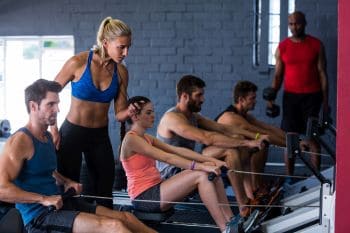
Think of the stroke rate as the MPH or speed if you were running. So stroke rate refers to row speed, but uses SPM as the unit of measure.
Most beginners should start at about 20 SPM. If that feels too difficult, cut it back to 18. As you get stronger, you can add 2 SPM until you find a cadence that feels good to you and gives you the workout you want. FYI: Also be sure to check out our HIIT rowing workouts for beginners article.
What Is a Good Split Time or Pace for 500 Meters?
Your 500-meter pace or split time is the equivalent to a runner’s 4-minute mile time. Runners might try to beat their average pace of running a mile in 8 minutes and try to cut it down to 6 or 4 minutes. Your 500-meter time is a similar measurement.
This time mimics the amount of time a group of rowers would take to complete 500-meters. A great time would be 2 minutes, but you shouldn’t rush. It will take you some time to work up to that speed. Keep track of your split time and soon you will find yourself hitting that 2-minute mark.
- Interested in Interactive Rowers? Check Out My Article: Hydrow vs Aviron – See Who Won!
A Guide on Average Rowing Speed Based on Your Experience
Average rowing speed varies with fitness and experience. Here is a rough guide:
- Beginners should aim for approximately 20-22 SPM
- Experienced rowers for 24-28 SPM
- Elite rowers for 30 SPM or more
It is really important to remember that proper form is crucial for avoiding injury, so focus on technique before speed. As you become more comfortable and confident, you can gradually increase your pace and challenge yourself.
At the End of Your Workout
You should feel good and sweaty, not absolutely exhausted and ready to collapse. Of course, you want to get in a good workout, but if you work so hard that you don’t feel good at the end of it, you won’t want to repeat it. That’s the last thing you want.
Give your body time to become accustomed to the strokes and to build up muscle. Don’t forget that you need a day off to build that muscle!
Work hard, but not so hard that you can’t walk the next day or that you feel like a squeezed orange from someone’s morning juice!
- Looking for a quite rower check out my Silent Rowing Machine Article
Frequently Asked Questions
1. How long should a beginner row on a rowing machine?
This will depend on your current fitness level. It’s pointless to row for less than 5 minutes, but remember that a beginner’s rowing workout should be no longer than 20 minutes.
2. What is a good pace for a 500M row?
A very good pace is 1 minute 30 seconds for 500 meters. Even 2 minutes is a good pace, but beginners should aim for 3 or even 4 minutes. Like I’ve been saying, give your body time to get accustomed to your new fitness exercise.
3. What is the average time to row 500M?
For an average rower in intermediate or good condition, 2 minutes is considered a decent time.
4. What is a good distance for 30 minutes on a rowing machine?
A distance of around 7,500 meters is a good distance for 30 minutes on a rowing machine. We consider 2 minutes as a decent split time or time to row 500m. This is true across all ages and genders. If you maintain roughly the same pace (500m every 2 minutes) throughout your workout, you will cover a distance of roughly 7,500m in 30 minutes.
5. How long should it take to row 2000 meters or 2 km?
The standard is considered to be 7 minutes, but of course, this will vary depending on your age, fitness level, and experience rowing. Beginners should focus more on form and technique and less on speed or distance.
5. How far is 1000 strokes on a rowing machine?
The average distance rowed per stroke is 8 meters, which means that 1,000 strokes will cover a distance of around 8,000 meters. This is only an estimate because the distance of your strokes depends on your rowing SPM, split time, form, and how explosive your drive is!
Written by Petra Amara – RowingCrazy.com
CEO & Founder of RowingCrazy, National Rower, Coxswain Womens Eight Team, Rowing Coach & Writer
Petra is a Mother of two and owner of Rowingcrazy.com. Petra lives and breathes rowing, she also has a passion for writing which lead her to start RowingCrazy.com to share her rowing experience and expertise with others.



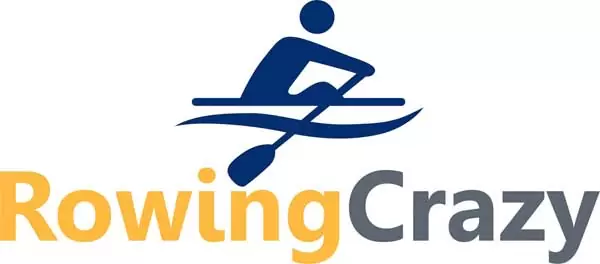


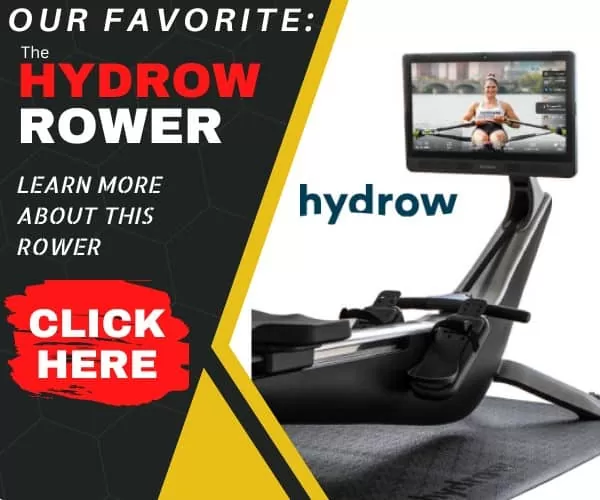



Pingback: What Muscles Does Rowing Not Work Out?
Pingback: Easy 30-Day Rowing Machine Challenge for Beginners Rowing Crazy
Pingback: How Long Should You Row on a Rowing Machine to Lose Weight? | Rowing Crazy
Pingback: How Long Should a Beginner Use a Rowing Machine?
Pingback: Easy Rowing Machine Workout Plan for Beginners| Rowing Crazy
Pingback: Can You Do HIIT on a Rowing Machine? Rowing Crazy
Pingback: Can I Row While Pregnant - Is It Safe? | Rowing Crazy
Pingback: Ergatta vs Hydrow - Who Wins & Why!
Pingback: You Will Love Our Best Rowing Machines Under $500!